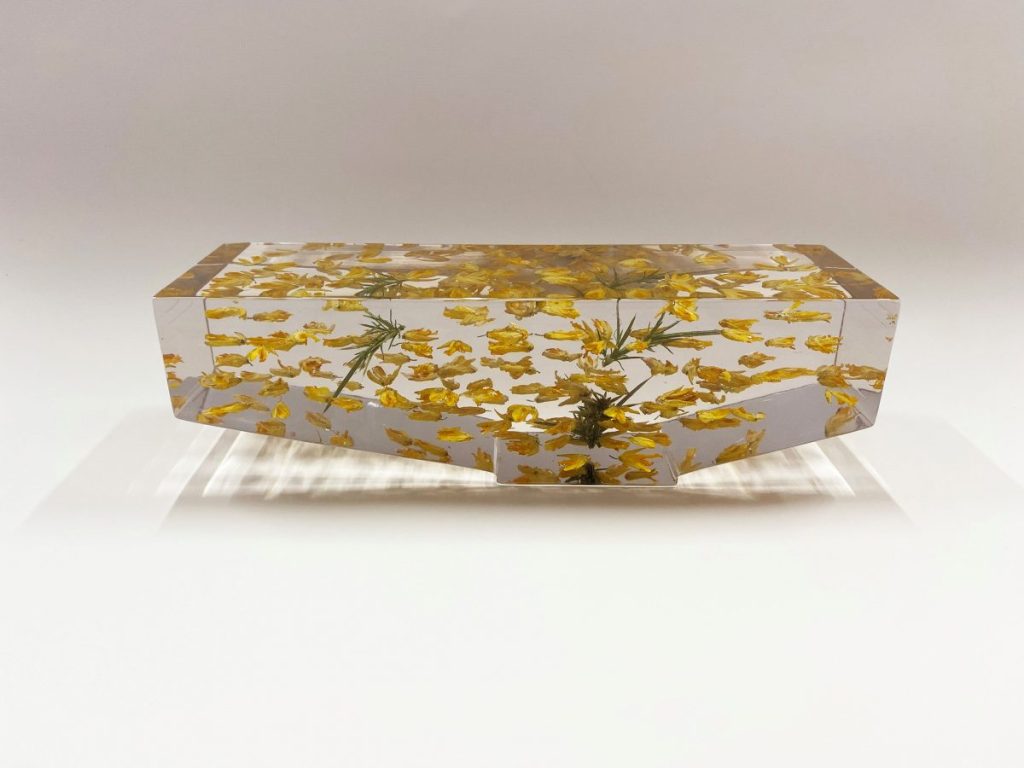The history of traditional craft techniques and how they were adapted into a modern design is traced in the exhibition “Roopantar-Transformation.” The focus of this exhibition is on how supposedly established customs adapt to change and embrace the “new,” whether it be methods, components, or features. This show honours the fundamental act of Transformation, Roopantar, which involves transforming materials through knowledge and methods as well as altering meanings and perspectives. Roopantar Transformation is curated by Arthur Duff and Harsh Bhavsar. The show is inspired by the sacred cloths (Mata Ni Pachedis) that were designed to solve the problem of a nomadic tribe not being allowed into temples.
View this post on Instagram
A wide variety of goods from both inside and outside of India that showcase modern thought and interaction with ancient techniques and materials complement this show. The components utilised are mostly ‘base’ or recycled. A huge number of women outside of Ahmedabad have been taught how to make mosaics by an Italian artist named Alberto Pillan over the course of ten years in India, giving them the opportunity to establish their own independence. Additionally, he will exhibit his work, which pushes the boundaries of the straightforward medium by utilising light and colour.
View this post on Instagram
Sanjay Chitra gives the Mata ni Pachedi a fresh perspective, generating fresh ways to represent the Goddess’ timeless forms. The Vaghari tribe in Gujarat, which was formerly nomadic and barred from entering temples, built their own shrines wherever they went, according to master artist Sanjay. These shrines, which were built behind the Mother – or & Mata ni Pachedi, were dedicated to the Mother Goddess. The technique, which is based on the Kalamkari painting style, entails using a stick produced from a date plant to sketch on a cotton cloth while utilizing natural colours. With details of mountains, animals, trees, rivers, and other elements of the natural world, the motif of an austere goddess is typically at the centre.
View this post on Instagram
The show have artwork created by artists like Amit Ambalal, who gave up the family business to pursue art; Sasha Sykes, an Irish artist and sculptor who uses acrylic and resin; Henry Skupniewicz, a wool-knitting master artist who processes the fleece of Lahauli sheep and other breeds of Himachal Pradesh sheep; Kausar Ahmed Shah, who elevates the art of papier-mâché; Lalla Luhar and Noorul Khan of the Gadya Luhar blacksmith group, who are forging new paths for metal, as well as many other hardworking, ingenious, and creative brains.
47 A Design gallery’s latest show titled ‘Roopantar-Transformation’ opens to the public on the 21st of January and will be on show till February 19.





